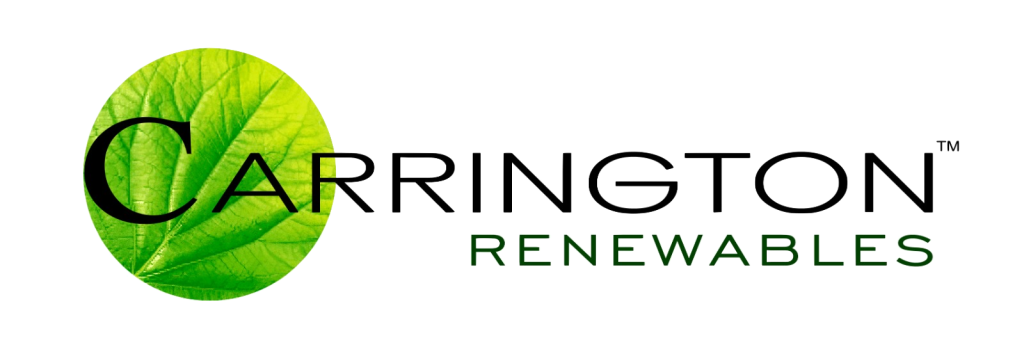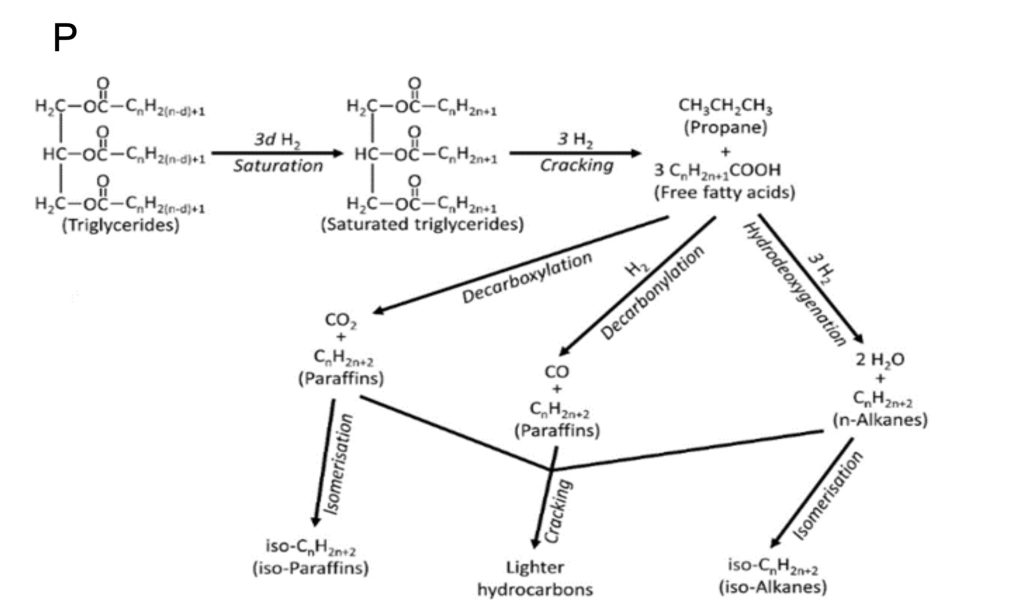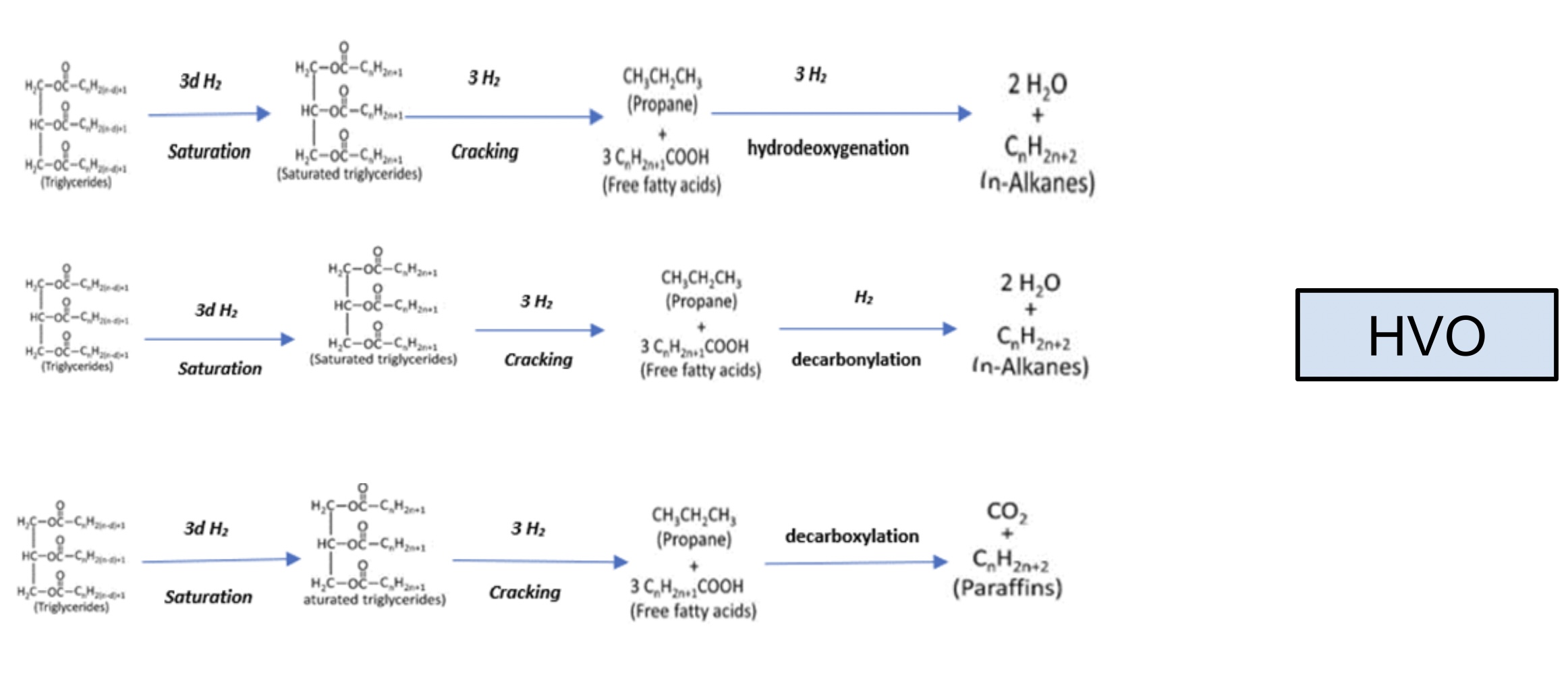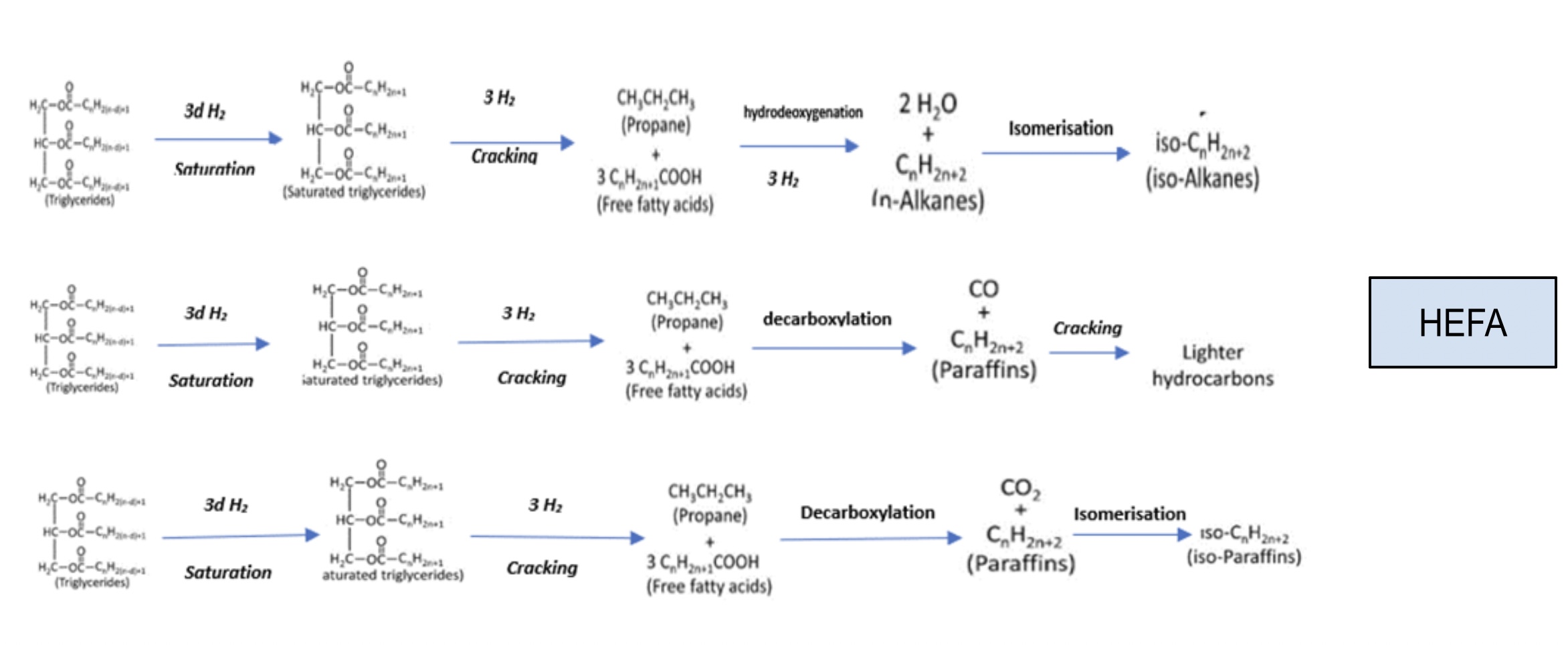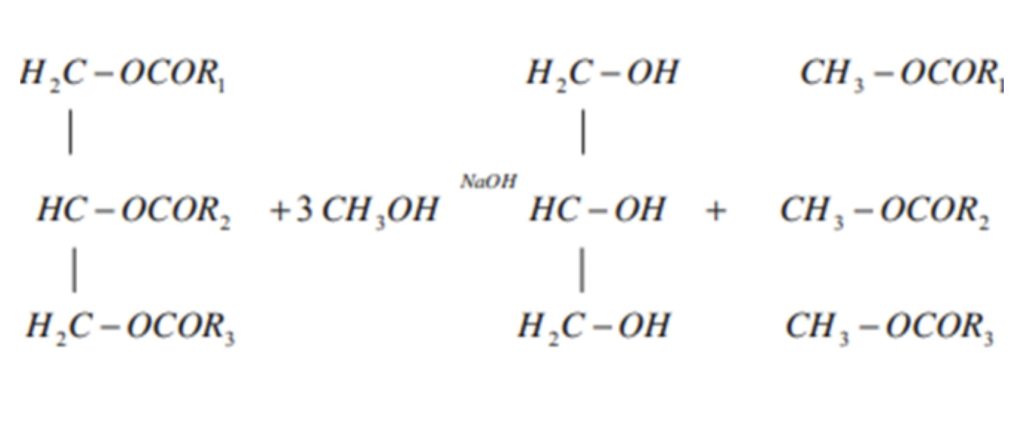UCO PRE TREATMENT
Pretreatment includes both physical refining processes and chemical refining processes. In the process of frying, the oil undergoes reactions leading to the formation of many undesirable compounds such as polymers, free fatty acids, and many other components like trace metals. Pretreatment can reduce the content of phosphorus, trace metals, chlorides, and other impurities as this compound acidity through conditioning, degumming, adsorption, and deacidification.
WHY USED COOKING OIL SHOULD BE PRETREATED?
Used cooking oil is collected from numerous kitchens all across the nation making its physicochemical properties inconsistent. Pretreatment helps us streamline and grade ucos’ to cater specific needs of the end users for their applications.
UNDERSTAND ABOUT PRE-TREATMENT PROCESSES
Degumming
All fats and oils contain gums, or gum-like material. These consist largely of different carbohydrates, proteins and nitrogen compounds, and can be divided into hydratable and non-hydratable gums.
If these are not removed, the gum can give rise to problematic emulsions that in turn result in a significant waste of oil that could otherwise provide revenue. These gums can be removed using either water degumming, other specialist degumming and special degumming processes. Hydratable gums can be removed using water, because they absorb water and then become insoluble in oil. They are then removed using centrifugation. Non-hydratable gums, on the other hand, are normally removed using a form of acid hydrolysis or caustic soda neutralization – phosphoric acid is the most common because it is the most cost-effective. Adding such acids also helps remove any trace metals by making them form insoluble complexes. Alternatively, both hydratable and non-hydratable gums can be removed using enzymes. The enzyme that reacts specifically with phospholipids in oil is called phospholipase.
Neutralization
The impurities you most often have to deal with in conjunction with fats and oils are the free fatty acids. These normally stem from lower-quality raw materials and/or inappropriate storage. The greater the free fatty acid content, the more challenging the purification process and the stronger the caustic soda concentration needed to neutralize and remove it. Neutralization using caustic soda is widely recognized as an effective way to purify crude oils, and has the advantage that the soapstock formed by this process also encapsulates many other impurities. These include sugars, pigments and trace metals.
Removing wax
The only way to completely remove all traces of waxes is to use cold filtration which is a combination of dewaxing/winterization and neutralization. In this process, neutralization is carried out at low temperature, which ensures that the waxes are removed along with the soapstock. soapstock, consist of the sodium soaps of the free fatty acids present within the oil. Soapstock always requires subsequent treatment. The traditional method of treating soapstock is known as splitting. The soapstock is split into fatty acids and water by acidification with strong acids – usually sulphuric acid. This is often considered an attractive solution because it is relatively simple.
Bleaching
The prime focus in modern bleaching processes is now the removal of a wide range of different impurities, of which pigmentation is only one. Such impurities can virtually be removed using new processes in which combinations of different bleaching agents are used to bind specific impurities. These are then removed when the bleaching agent is subsequently filtered out. Efficient bleaching makes it possible to:
- remove certain pigments such as carotenoids and chlorophyll
- decompose and partially remove oxidation products
- remove contaminants such as soaps and trace metals
- remove traces of phosphatides
- remove polycyclic aromatic hydrocarbons and other pollutants.
All these substances can have adverse effects on both the quality and stability of your final product, and therefore have to be removed to ensure that the product is commercially attractive.
Deodorization
When processing edible vegetable oils and animal fats, it is crucially important to remove any undesirable compounds that can affect flavour, odour, stability and colour. Deodorization is a vacuum steam distillation process in which steam is passed through such oils at very low pressure and relatively high temperature in order to remove any such substances still present after the preceding processing stages. When the oil passes through the stripping section, it is exposed to a combination of vacuum and steam that removes volatiles – including free fatty acids (FFAs) – that have a higher vapour pressure than the oil itself. If present, these volatile impurities affect the flavour, odour and stability of edible oils.
Esterification
Esterification is a process used in used cooking oil that involves the reaction of an organic acid and an alcohol to form an ester and water. This process is typically used to convert triglycerides (fatty acids) into esters. Esterification in the presence of an acid catalyst can reduce FFA content below 0.5% to 1% wt. The esterification of used cooking oil is generally done to remove FFA and impurities, which later used for various applications such as biodiesel fuel and lubricants down
Acid + Alcohol → Ester + Water
Glycerolysis is used to reduce FFA concentration of waste cooking oil by using purified glycerol as raw material.
PRETREATED UCO PATHWAYS
USED TO PRODUCE SUSTAINABLE RENEWABLE ENERGY
UCO-HEFA
HEFA stands for Hydro-processed Esters and Fatty Acids. When the focus is on maximum jet production, the HEFA output would be about 55% and HVO about 25%, with almost 20% of light ends co-produced. The hydrogen consumption for HEFA is calculated largely in the same way as for HVO. The product is isomerized over a catalyst, and the isomerization does not require additional hydrogen.
However, the hydrocarbons in HVO needs to be further cracked or isomerized over a catalyst and the combined yield of the entire pathway proves to be 92.4% max of the feedstock.
UCO-HVO
HVO stands for Hydrotreated Vegetable Oils. Feedstock like vegetable oils is transformed into drop-in type diesel through a hydrogenation process that can be used in high fractions in road transport.
The production of HVO and HEFA involves similar processes, but there are differences in the need for further hydrogenation cracking and isomerization needed for aviation fuels to meet specific requirements.
The terms hydrotreating, hydro processing, and also the often-used term hydrogenation, actually cover a range of catalytic reactions with hydrogen.
There are six reactions that makes up 6 pathways in its own combinations
- Hydrocracking is done to break long fatty chains into shorter chains.
- Saturation is done to saturate double bonds to become single bonds.
- Hydrodeoxygenation is done to remove oxygen in the form of water.
- Decarboxylation is done to remove oxygen in the form of carbon dioxide.
- Decarbonylation is done to remove oxygen in the form of carbon monoxide and water.
- Isomerisation is to change linear hydrocarbon chains into branched hydrocarbons to improve the freezing point of the bio-aviation fuel.
UCOME
Vegetable oils are turned into biodiesel via transesterification process, which in turn can be used to blend with fossil diesel. UCO pathway to produce UCOME or otherwise called biodiesel offers several advantages. Firstly, it provides a sustainable solution for managing used cooking oil waste, while reducing the environmental impact associated with its disposal. Secondly, UCOME is a renewable and cleaner alternative to fossil fuels, contributing to the reduction of greenhouse gas emissions. Additionally, UCOME can be blended with petroleum diesel in various proportions or used as a stand alone fuel in diesel engines without requiring any engine modifications. This pathway is usually used in biodiesel production.
Co-processed UCO
Co-processing is the simultaneous processing of biobased material, such as fats, oils and other feedstocks, with fossil-based feeds in a refinery. Renewable diesel is produced when an oil company adds small amounts of vegetable oils or animal fats to the traditional petroleum refining process. The co-processing is limited to 5-10% due to trace metal contaminants and the presence of water and carbon dioxide, which are produced by the removal of oxygen from the feedstock. The investments for co-processing are presumably lower than for HVO production. However, in co-processing with crude oil, the process cannot be steered as precisely as in a dedicated HVO facility, resulting in somewhat lower production of the main product and more by-product.

